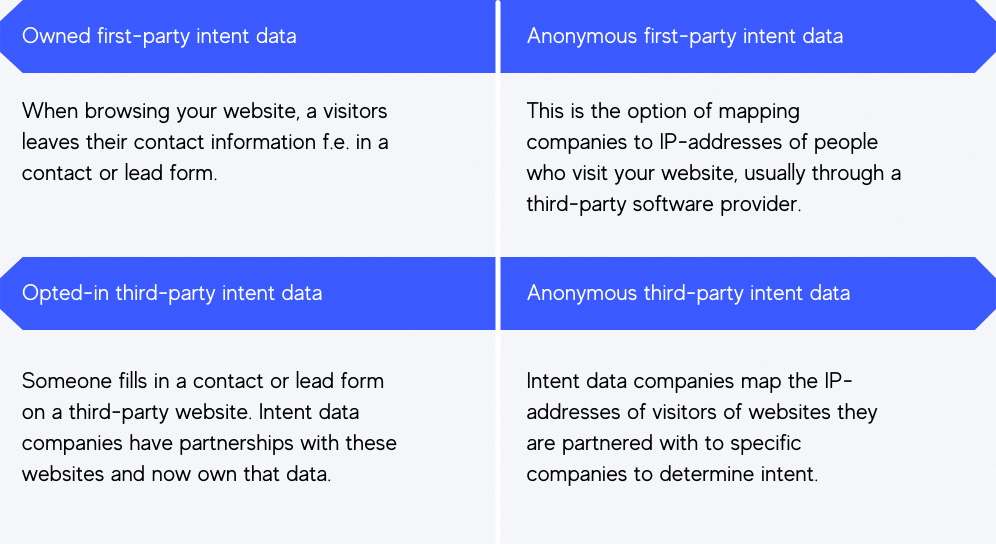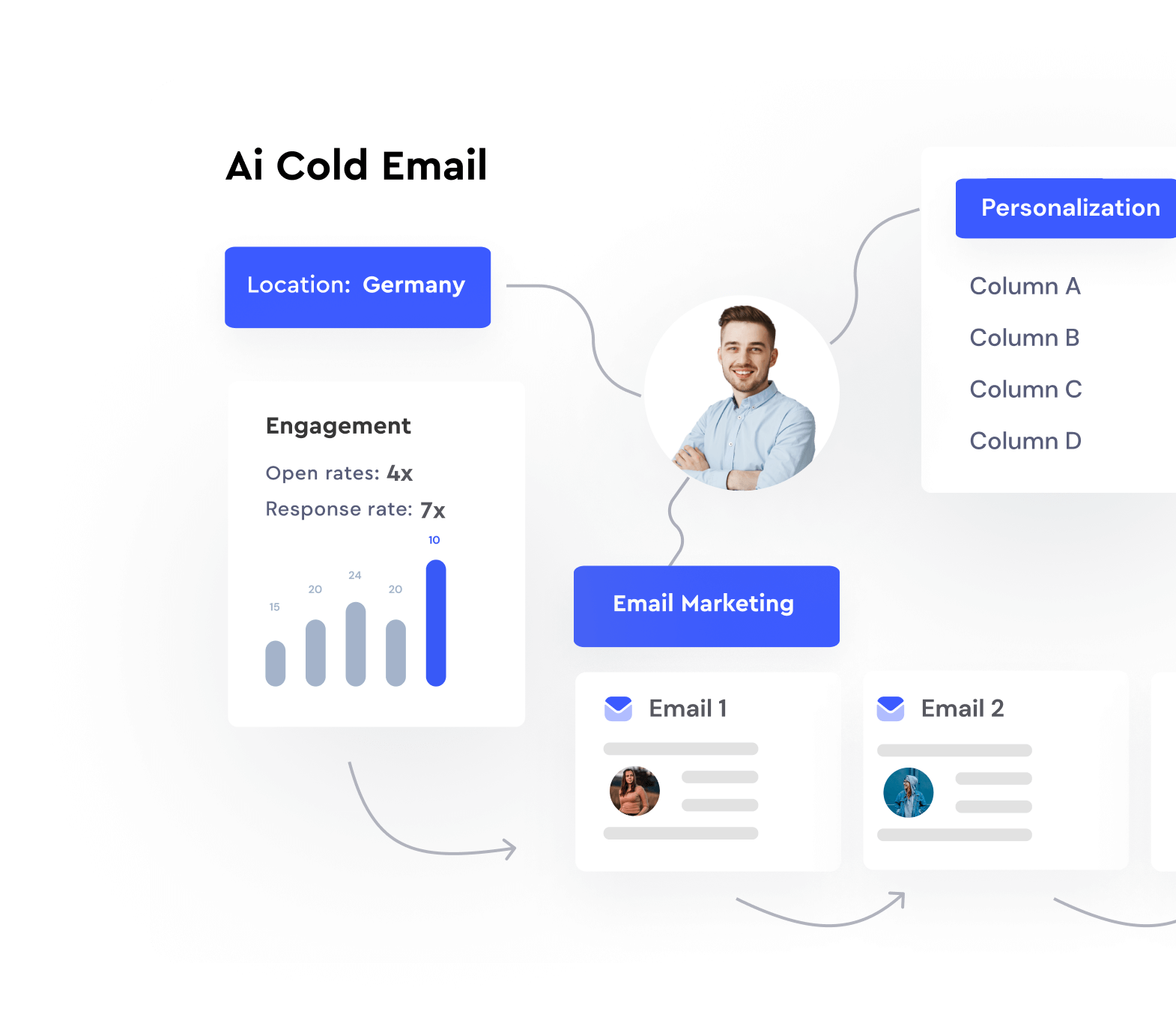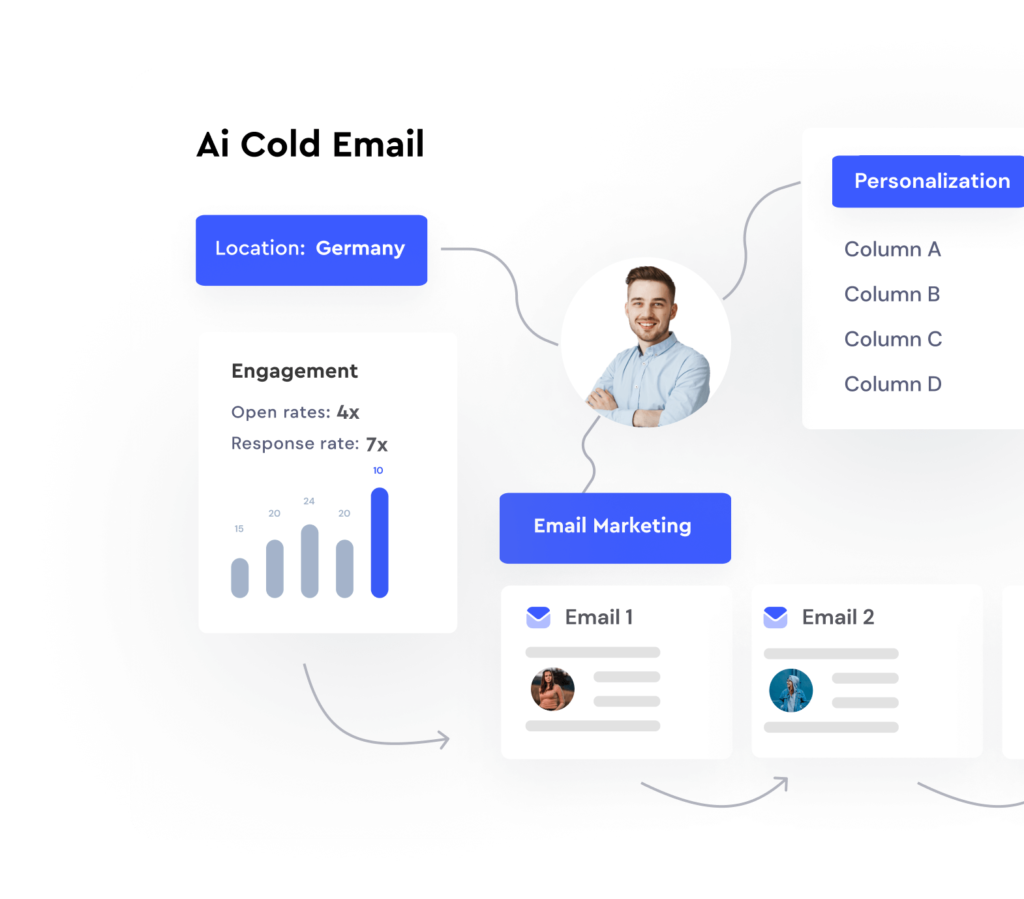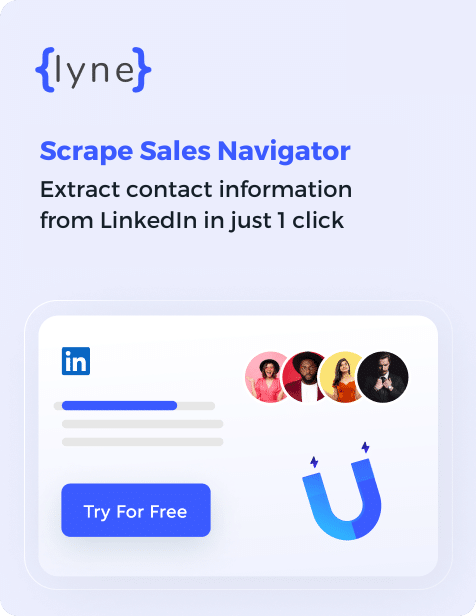Contents
What is intent data?
Intent data, simply put, is data collected to help predict someone’s intent, whether it’s intent to buy a product or service or do something else entirely. In business terms, it’s a way to generate promising leads. When you’re attempting to sell a product, you don’t just target anyone. You target those who have already displayed interest in the product through their web usage.
Using buyer intent data, you can narrow that field even more. If the data shows that a firm is researching anti-virus software, that “intent data” would be very valuable to companies that sell anti-virus software because it’s a sale waiting to happen. Likewise, if your company specializes in IT services, you’ll want to pitch to a company that’s specifically looking for IT services.
If you’re selling a product or service and you don’t have any leads, you’re forced to cast a very wide net. You’re then doomed to waste a lot of time pitching to clients that just aren’t interested. If you have leads, the net you have to cast shrinks. With highly qualified leads, it shrinks even more. That’s what intent data provides. It reduces the number of possible clients, leaving a bigger percentage of probable clients.
How to use Intent Data
Intent data works by giving you a peek into a potential client’s web usage. By looking at what someone does on the web, the companies that gather this data can learn about that person’s interest. They’ll take into consideration their content consumption, such as what websites they go to and what pages they read. From that point, it’s just a matter of putting that information together into a coherent picture.
If a web user frequently visits a certain website, it’s safe to assume that they’re interested in whatever topic that website covers. If they specifically read articles covering a niche aspect of that topic, then their interests become even clearer.
Researching the person is just as important as researching their interests. This is because if the person is employed by a certain company, their web usage could shed light on the company’s intentions. Once you identify someone’s employer, you could shift your focus to other employees and their usage. If multiple employees are showing interest in the same thing – accounting software, for interest – it could indicate that the company they work for is looking to adopt new accounting software.
You could make the argument that these people could find their way to you eventually. After all, you are selling the product that they’re interested in. However, solid intent data can help you identify buyer interest while they’re still in the research phase, giving you a definite advantage over the competition. It also allows you to swoop in there and close the deal before they decide to go in a different direction.
Another major benefit of intent data is it allows you to tailor your product or service to the potential client. Instead of them coming to you and you trying to modify your product to fit their needs, you’re coming to them with something that already addresses every need that they have.
Of course, any hard work outlined above doesn’t apply to you, because you’re simply purchasing the intentdata after someone else has already compiled all of it.
How is it gathered?
Mentioned briefly above, content consumption is at the heart of intent data. Third-party vendors, the ones you’ll be purchasing the data from, are constantly collecting and cataloging the online research done by a myriad of companies. That data is then compiled and a baseline is determined to show how often, on average, a company reads up on a certain subject.
Thanks to the baseline, these vendors can now see when interest in a certain topic spikes. That spike likely indicates that a company is showing special interest in that topic, and if it’s a topic that relates to a certain product or service, it could indicate an intent to purchase.

A lot of different metrics factor into these baselines, including how long is spent on a page, how many individual consumers visited the page, and even how quickly they scrolled through. The amount of content consumed, such as videos being watched, is also tracked.
There are other, more straightforward means of collecting intentdata, too. For example, if you have a social media ad in place, anyone who clicks on that ad is ostensibly interested in what you’re selling. Likewise, anyone who subscribes to a newsletter that you offer, or one that’s relevant to your product or service, is probably interested in what you’re selling. This lead data is just as valuable, though it’s not as proactive and is similar to waiting for the client to come to you.
What types of intent data are there?
There are two major types of intent data: first-party and third-party.
Whether you realize it or not, if you sell something through a website, you’ve likely already taken advantage of first-party intent data. You can collect this through any analytics tool that you use to track the activity on your website. Tracking the number of IPs coming in and clicking on different products is gathering intentdata: you’re seeing what’s garnering the most attention on your website to help predict what’s going to sell.
This sort of data is easy to come by, but it’s not the most effective. For starters, without the use of IP identification software, all of this data will be anonymous. It will tell you how many people are interested in a specific product, but not who those people are, so you wouldn’t be able to pursue that sale. This sort of research is better used to determine what products are the most popular, rather than the intent of individual buyers.
The other major drawback to first-party intent data is that you’re only collecting data from people who have already come to your website when there’s a much bigger pool of buyers that might not even know your website exists.
Third-party intent data can provide you with a much bigger picture of a prospective client’s journey. Anyone who’s ever made a big purchase online likely did substantial research before finally going to the website that sells the product. If you’re researching 4K Blu-ray players, you’re going to comb through all of the tech sites and blogs before finally going to Amazon and making the purchase. With third-party intent data, all of this initial research is factored in.
The most effective way to apply intent data is to use both first-party and third-party data. There’s no reason to choose one over the other, especially when the data they provide is a bit like apples and oranges. They tell you different things, meaning you can take both and form a better profile of your buyer.

What are the best buyer intent data tools?
Leads are vital to effective sales marketing and intent data is an invaluable way to generate solid leads. That’s why it’s no surprise that several intent data tools have popped up across the Internet.
Leadfeeder

The best thing about Leadfeeder is that the basic version is free. If you want the premium version, it’s still only $63 a month, which is very affordable. Leadfeeder tells you all about companies that visit your website. The service offers a range of filters that allow you to sort companies by all sorts of criteria so you can zero in on your ideal prospect.
ZoomInfo

ZoomInfo is a database that offers up all sorts of information on prospective clients. It also integrates with several tools and features a Google Chrome browser extension. At $4,900 a year, it’s not cheap, but there is a free trial that allows you to test the waters.
KickFire

This is another service that offers first-party intent data by tracking and identifying who visits your website. The downside, as discussed earlier, is that first-party data doesn’t help you bring clients to your website. That said, it’s still useful information, and KickFire provides a lot of it. There’s no set price for the service because it’s based on volume.
DemandJump

Not only does DemandJump help you track potential customers across the Internet, but they also give you information on your competitors, so you can see exactly what you’re up against. The base plan is $99 a month and that lets you track 25 keywords and 3 competitors. The more you want to track, the more it’s going to cost you.
TechTarget Priority Engine
If you’re looking for third-party intent data, TechTarget’s Priority Engine can get you just that, as well as contact information for potential clients. Like KickFire, they don’t offer upfront prices, meaning customers need to call to get a quote.
What Is B2B Intent Data?
Above we discussed the possibility of consumers searching for products on behalf of a business. This would generate B2B intent data, with B2B meaning “business-to-business.” Think of the relationship between a manufacturer and a retailer. Intent data can also help you market towards consumers, but for companies that sell to other businesses, B2B intent data is a crucial factor.
Serious about B2B sales? Learn the 5-step framework to effectively hyper-personalizing any cold email
This sort of data is plentiful if you know where to look, which is why there are so many companies popping up that specialize in analyzing the web usage of potential clients. Opening and engaging with emails, clicking on targeted advertisements, searching for and downloading informational content, and just browsing in general all translates to quality, effective intent data.
How To Leverage Intent Data?
Companies (and really anyone selling a product) can leverage intent data by prioritizing a market that’s already itching to buy what they’re selling. Without any leads, you’re effectively cold-calling potential clients, which can be a monumental waste of time. In most businesses, lost time equals lost money.
With intent data highlighting those who are very likely to want your product, you can focus on those clients and those clients alone, making the most of your time. There’s no such thing as a sure thing in sales, but with the leads generated from intent data, sellers can get as close as possible to already done deals.
Intent data doesn’t just show you who’s interested in your product, it also shows you who has no interest whatsoever. That data can be just as useful, as it reveals a section of consumers that you don’t need to bother engaging with. This can save you valuable time, which you can devote only to customers who are more likely to turn into clients.
What Are the Types of Intent Data?
In addition to first-party and third-party intent data, which we discussed above, you can also make a distinction between known and anonymous data. Known data is when the prospect knowingly gives their data, usually through an action like filling out an online form. If the form is located on your website, that’s known first-party data. If the form in question is filled out on a different website and the information is then picked up by an intent data company, that’s known third-party data.
However, if the prospect doesn’t intentionally hand over their data, and their data is instead gathered through their IP address, that constitutes anonymous data. The prospect at some point agreed to have data collected, but it’s not “known” intent data because they didn’t hand over the data themselves.
Then there’s second-hand intent data. This is simply first-hand intent data that you’ve purchased from somebody. It’s not like third-party data, where promising leads are scraped from web usage. This is when a prospect comes to a certain website, that website collects their data, and then you buy that data from them. It’s very limited in that all the information came from a single site and doesn’t tell you anything about the prospect’s behavior anywhere else on the web.

Hey, I’m Hans, Co-Founder and CEO of Lyne.ai. I used to run hundreds of campaigns for clients when I ran my own cold email agency. Having to train and manage that many virtual assistants or SDRs can get very stressful, which is why we built Lyne. Now you can write thousands of personalized first lines for cold emails in less than an hour & all without being locked into a monthly plan.





